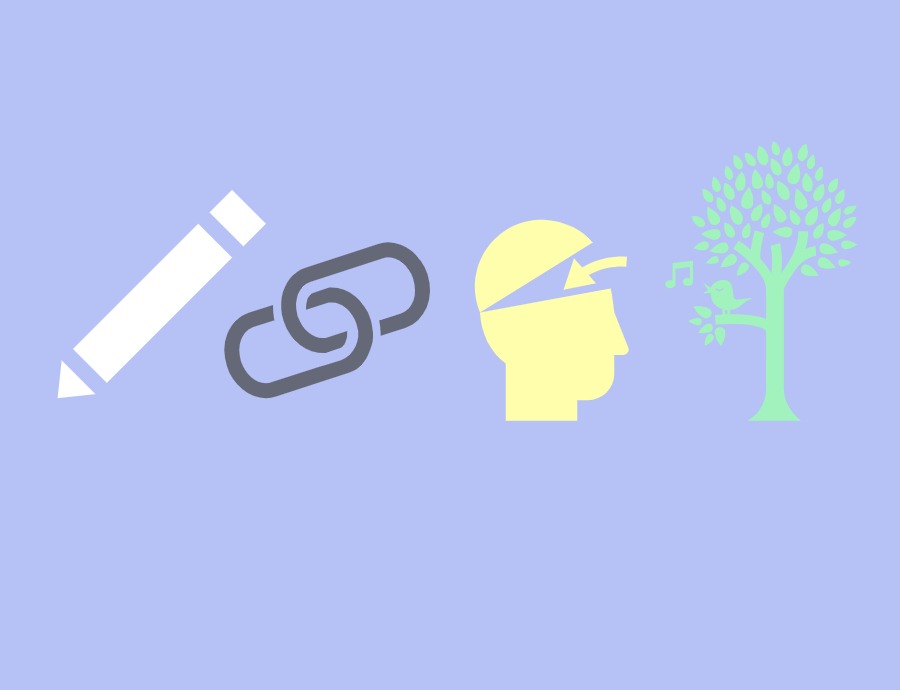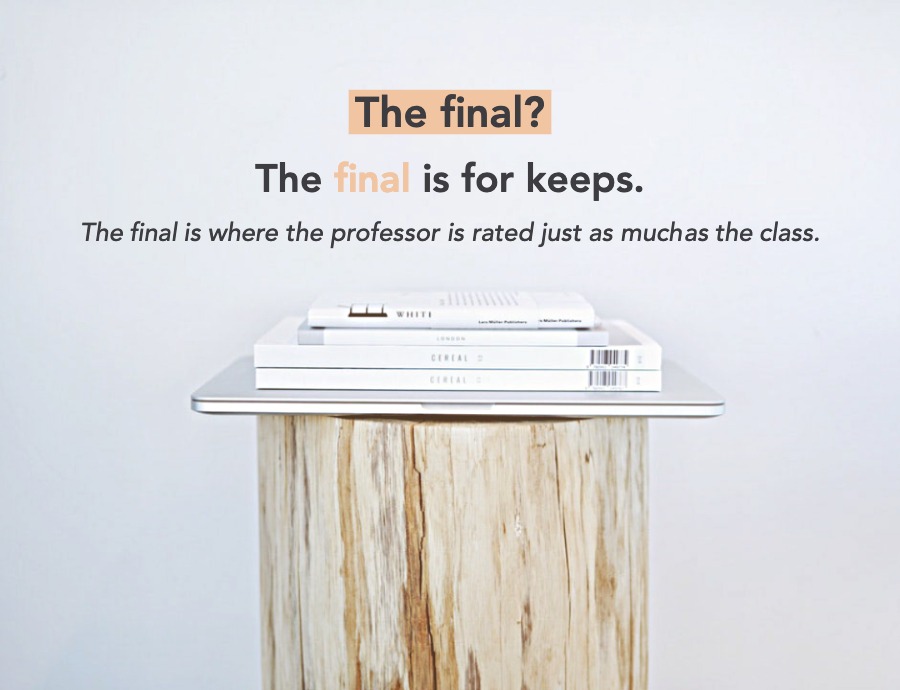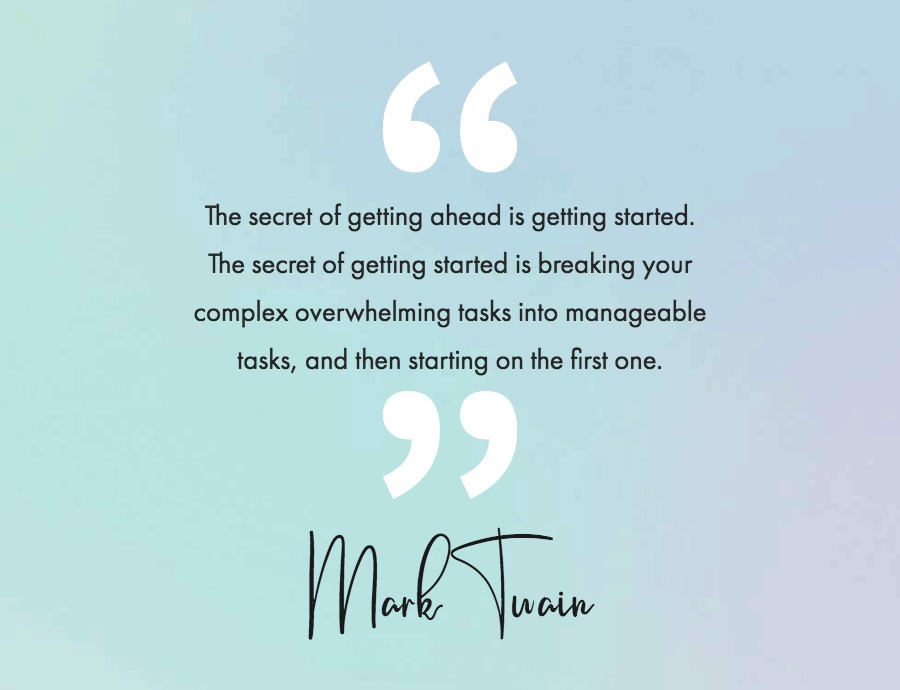Everything is made of smaller parts. You’re made of cells, those cells of chemicals, those chemicals of atoms, even those atoms are made of subatomic smithereens all acting together so you can sit there and take an exam. Which should certainly remind you that the exam is made of smaller parts as well. And the more of those part marks you get the better!
If you can’t solve an exam question that isn’t a crisis, that’s the real world’s standard procedure. Exams are extremely artificial. They’re challenges carefully constructed with one definite answer. Most problems aren’t like that! Most problems in the real world might not even have a right answer, only the best option, and you’re still going to need to show why you chose the one you did. That’s the sort of thing you’re learning to deal with in the future, so you’ll succeed more if you start enjoying that attitude right now.
The simple fact is that if everyone could instantly solve entire exam problems we wouldn’t need to set exams in the first place. We’d be an artificial race of Commander Datas expanding across the universe. You don’t need to know how to solve the whole problem: you only need to know how to start it.
First scan the problem for keywords which tell you which part of the course you’re looking at, then which equations you need. Write those down. Boom! Marks! Plug in as many numbers as you can and that’s even more marks. Draw any relevant diagrams. By the time you’ve written all that you’ve already earned a fair fraction of the question, and might even see what you have to do next. If not, no worries. You’ve already scored much more than zero. Move on to the next question and keep going.
If you have an equation with one unknown you can find that unknown. Do it! Even if it’s not the value you were asked for it’s one which will help with other equations. If you have an equation with two or more unknowns you need to move on, but before you do, rewrite it as one unknown equals everything else. Then plug that into any other equation with that unknown. This would never work in the real world — there are far too many unknowns and equations — but exam problems are much smaller models of what’s going on, built specifically so that they can be answered in a small amount of time, and these techniques can take you all the way to the answer. Because the only thing you truly need to know is your next step.
If you can’t solve an exam question that isn’t a crisis, that’s the real world’s standard procedure. Exams are extremely artificial. They’re challenges carefully constructed with one definite answer. Most problems aren’t like that! Most problems in the real world might not even have a right answer, only the best option, and you’re still going to need to show why you chose the one you did. That’s the sort of thing you’re learning to deal with in the future, so you’ll succeed more if you start enjoying that attitude right now.
The simple fact is that if everyone could instantly solve entire exam problems we wouldn’t need to set exams in the first place. We’d be an artificial race of Commander Datas expanding across the universe. You don’t need to know how to solve the whole problem: you only need to know how to start it.
First scan the problem for keywords which tell you which part of the course you’re looking at, then which equations you need. Write those down. Boom! Marks! Plug in as many numbers as you can and that’s even more marks. Draw any relevant diagrams. By the time you’ve written all that you’ve already earned a fair fraction of the question, and might even see what you have to do next. If not, no worries. You’ve already scored much more than zero. Move on to the next question and keep going.
Break things down all the way to the answer.
If you have an equation with one unknown you can find that unknown. Do it! Even if it’s not the value you were asked for it’s one which will help with other equations. If you have an equation with two or more unknowns you need to move on, but before you do, rewrite it as one unknown equals everything else. Then plug that into any other equation with that unknown. This would never work in the real world — there are far too many unknowns and equations — but exam problems are much smaller models of what’s going on, built specifically so that they can be answered in a small amount of time, and these techniques can take you all the way to the answer. Because the only thing you truly need to know is your next step.








